When I called Craig Mod, he was walking along the shoulder of a highway outside of Shizuoka City in south-central Japan. It was November 2020, and the American writer and photographer was in the middle of another weeks-long walk across his adopted homeland. This time Mod was following the Tōkaidō, an ancient route connecting Kyoto and Tokyo. Once trafficked almost exclusively by foot, the road is a highway now paved for cars. But Mod was there, and he hoped to cover 30 kilometers by nightfall.
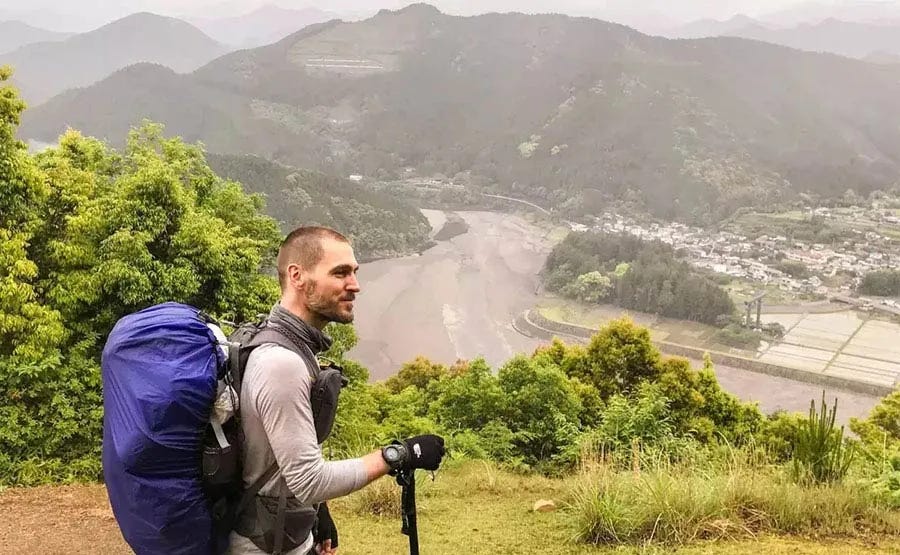
Experiencing a place on foot is completely different than moving through it by car, train, or even bike. The slow pace of walking makes room for observation, unexpected encounters, and reflection. For Mod, walking isn’t just about seeing the sights: it’s a generative process that fuels his creative output and his personal ethos. “I treat these walks as basically training for living while not walking,” he told me that day.
I was talking to Mod for an article I was writing about his previous big walk. Well actually, officially, my piece was about pizza toast, and so was Mod’s recent journey: in 2019, he’d spent 40 days walking some 1,000 kilometers of the Nakasendō (another important Edo-era route) in search of this humble, hybrid snack. Pizza toast is typically served at kissaten, Showa-era coffee shops that are somewhat akin to American diners, but way more charming. Kissa by Kissa (2020, Japanese edition released in 2024) is Mod’s tribute to this very special food, and much more.
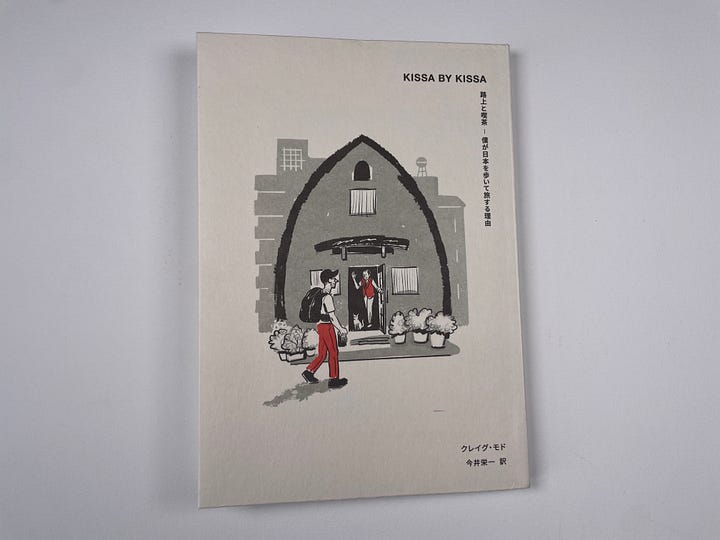
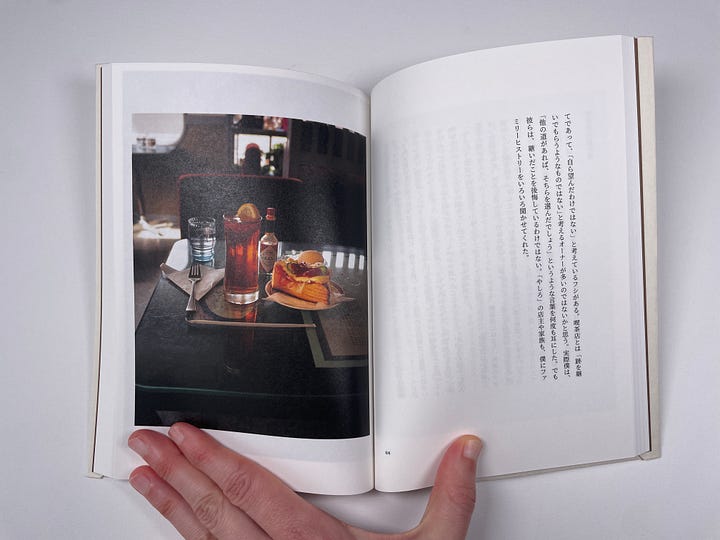
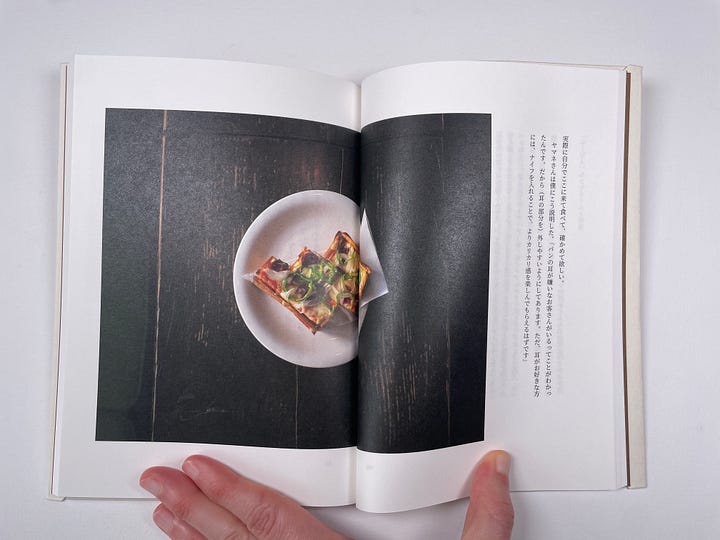

The book is about pizza toast, of course, but the dish is an entry point to a rich range of themes, including fading food ways, rural life, cultural crossovers, and foreignness: Mod has lived in Japan for nearly 25 years, and his books are as much about him seeing and reacting to the place as they are about him being seen and reacted to. His fluency in Japanese language and life is a fundamental tool that grants us access to things that we’d most likely never experience. “I can meet these people and go to these places to unlock stories and histories in a way that other folks going here can’t,” he said during our call.
But back to pizza toast: my first draft of the piece didn’t quite hit the mark. My editor at Gastro Obscura was wonderful, but definitely wanted more pizza toast and less of Mod’s personal story. I remember feeling conflicted because so much of the project is unique to Mod himself, to his way of working and to his view of the world. Eventually, we got to the final version of the article. But I suppose that I’ve been meaning to write more about Mod for some time now.
Enter Mod’s OTHER THING, published last month. The book’s full title gives a sense of its contents: How to Walk Japan, Book Three: Fishermen, Repairwomen, Inn Owners, Roadside Diner Sons, Ama Divers, Priests, Mountain Ascetics, and Cafe Folk. The books’ main title comes from Things Become Other Things, which was published as a fine art edition in November 2023 and in an expanded version by Random House last month (Mod is busy!). This book is a sort of companion to that one, and focuses on the people of the Kii Peninsula, a place where he’s walked for about 15 years.
Mod is an accomplished writer who has worked with outlets like The New York Times, The Japan Times, The Atlantic, and many others, and the creation of OTHER THING was meticulously and lovingly documented in his frequent, diaristic newsletters. But the book itself features only photographs (though saying only about Mod’s lush, carefully composed pictures seems off). It’s hard not to miss Mod’s breezy, unmistakably magnetic voice, but presenting his thoughtful photographs of regular people working, resting, and socializing without text allows us to enter the images fully and to explore them on our own terms.

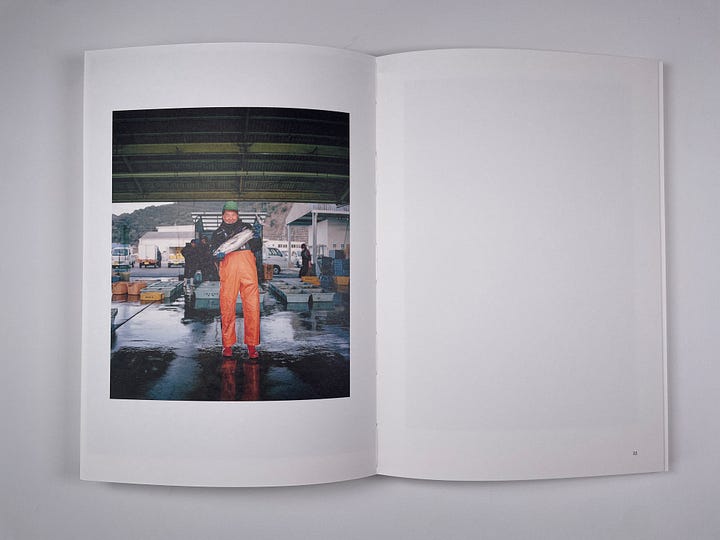
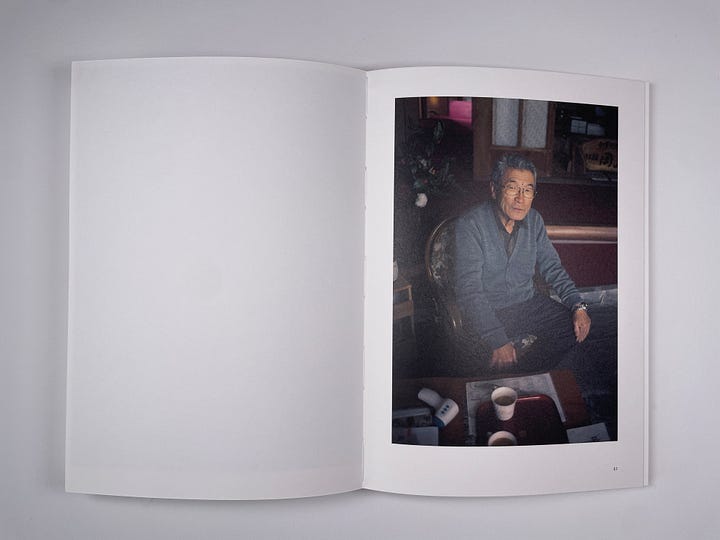
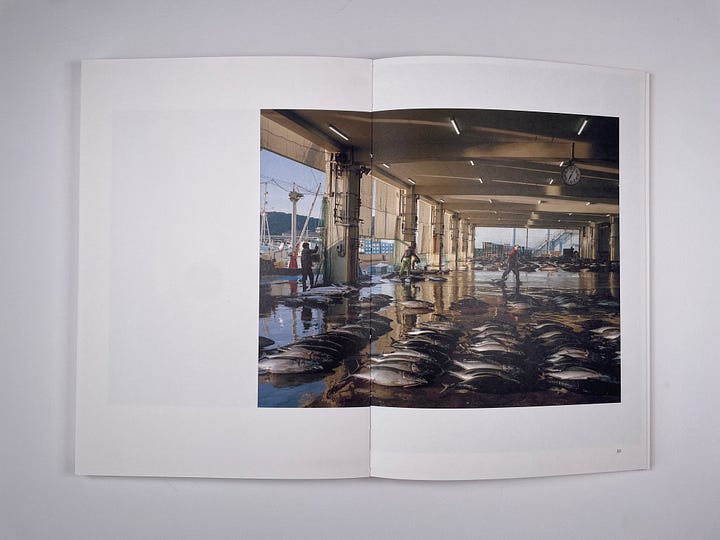
Crucially, the people in Mod’s pictures are not shot from far away. Most pose for the camera, directly engaging with the photographer and, by extension, with us. Signs of intimate contact like a second teacup or a soft grin assure us of Mod’s investment in his subjects, and evidence the warmth that they generate together. It’s a joy to witness these quiet, lucky moments when the traveller comes into contact with someone generous enough to pause, pose, and even to smile. As someone who’s also made a far-away place their home, that sense of unforeseen connection is especially beautiful.



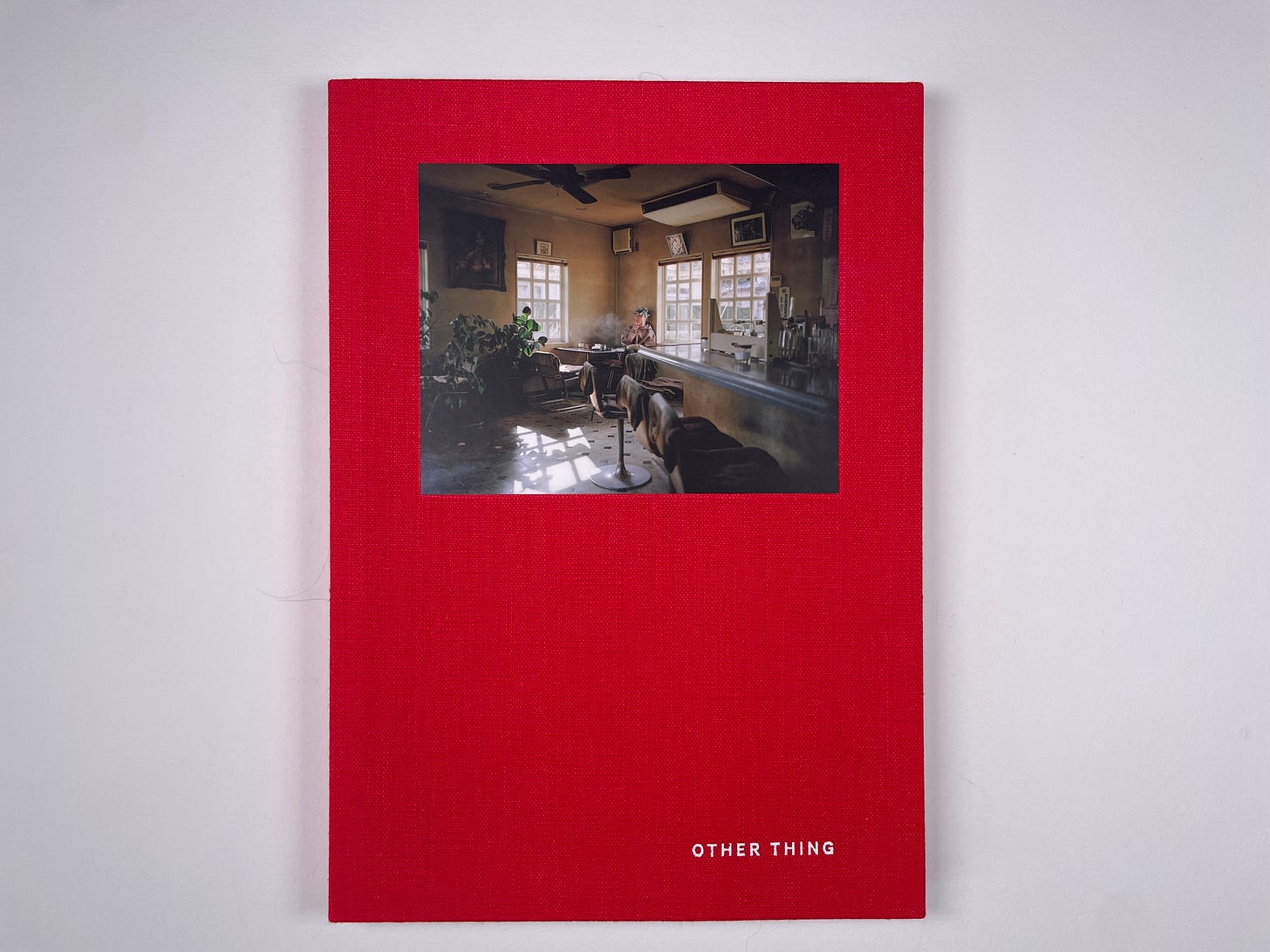
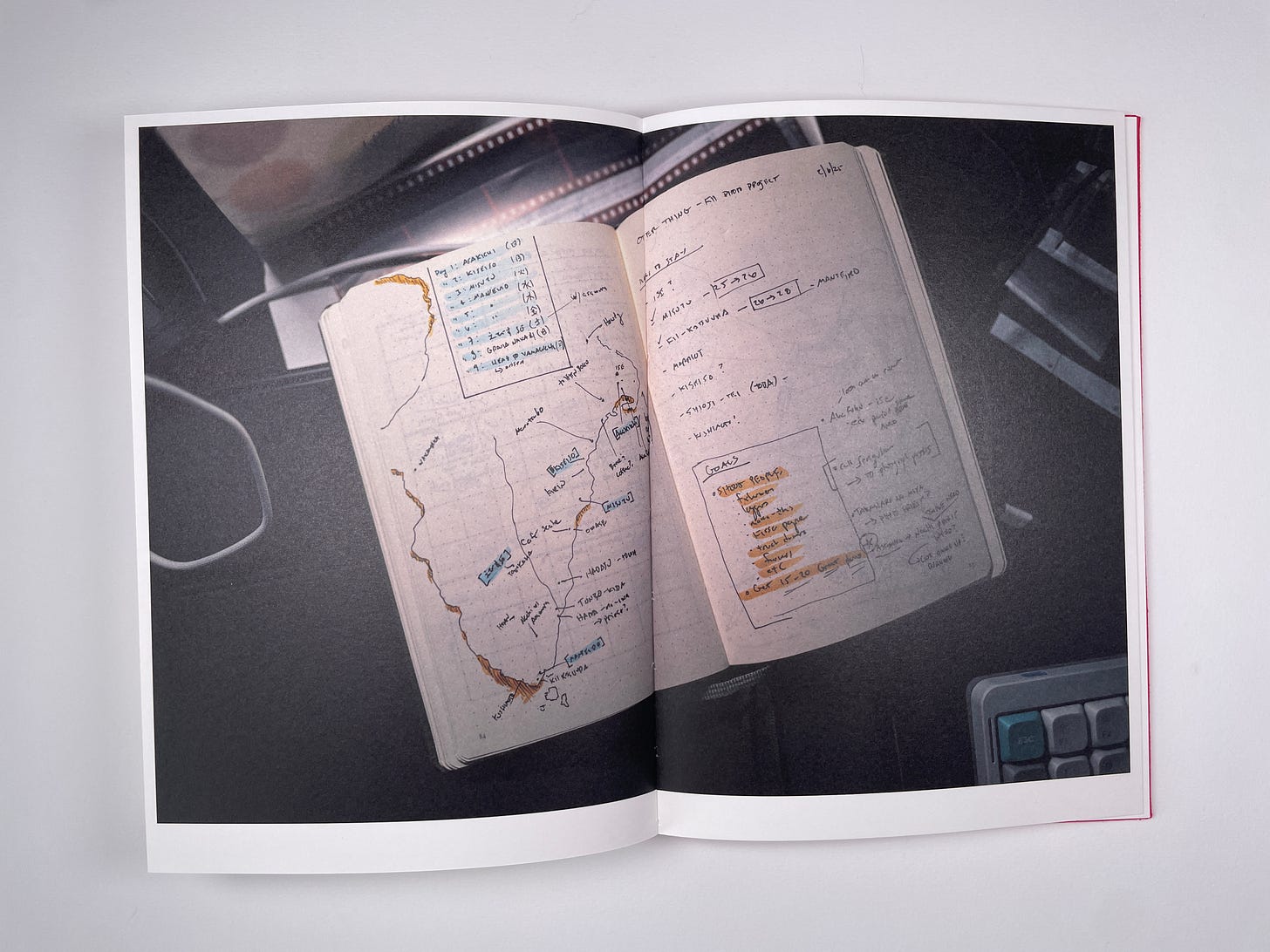
Cool story!